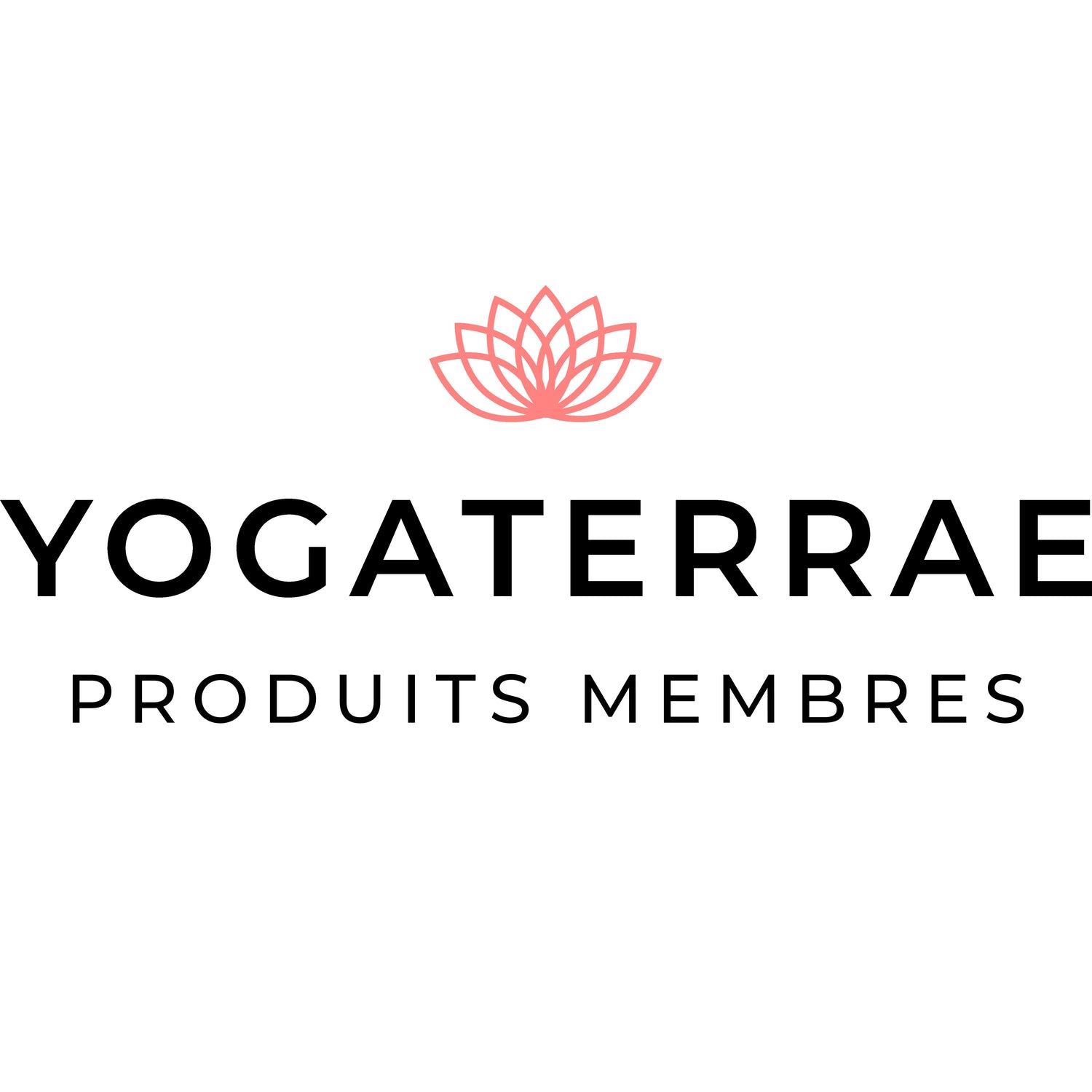TOP 6 BEST POSTS ON 2025: WHAT EVERYONE IS LOOKING FOR
The 6 Most Wanted Yoga Topics in 2025: What Everyone Wants to Know
What are the major trends in yoga this year? From mental well-being and home practice to prenatal yoga and mindful eating, there are a number of topics that are capturing the attention of yogis around the world. Discover the 6 most sought-after themes, their benefits and how to integrate them into your practice for a profound transformation of body and mind.
Written by TINA - March 2025
Inklapbare content
Reading time
Approx. 10 minutes
WHAT YOU'RE ABOUT TO DISCOVER
- The 6 most popular yoga themes in 2025 and why they captivate so many practitioners
- The rise of yoga at home and how to integrate it effectively into daily life
- The essential basics of yoga for beginners to get off to a good start and progress serenely
- Why prenatal and postnatal yoga is becoming an indispensable ally for future and new mothers
- The powerful link between yoga and mental well-being, and how the practice helps manage stress and anxiety
- The most popular postures and their benefits for body and mind
- The impact of diet on yoga practice and the best habits to adopt for optimal balance
"Let's take a look!

WHY THE TOP 6 MOST POPULAR YOGA THEMES IN 2025?
Yoga is much more than just a physical discipline: it's a constantly evolving way of life, influenced by contemporary needs, scientific advances and the aspirations of practitioners. In 2025, certain themes emerge and stand out, reflecting the current concerns and expectations of yogis around the world.
Why are these subjects so captivating?
Yoga trends are evolving with lifestyles, the search for mental well-being and discoveries about global health. This year, six major themes stand out: yoga at home, yoga for beginners, prenatal and postnatal yoga, mental well-being, must-do postures and nutrition in relation to yogic practice. These topics reflect concrete needs: greater flexibility, wider access to practices, increased attention to mental and physical health.
In which countries are these trends emerging most strongly?
USA and Canada: Yoga at home is booming, thanks to numerous online platforms and dedicated apps. With lifestyles often fast-paced and stressful, demand for accessible at-home practices has never been higher.
India: Interest in returning to the traditional roots of yoga remains strong, particularly with the rise of retreats focusing on yogic philosophy and holistic well-being.
Europe (France, Germany, UK, Scandinavia): The integration of yoga into public health is on the rise. Numerous therapeutic yoga programs are emerging to support mental well-being and relieve chronic pain.
Latin America (Brazil, Argentina, Mexico): The popularity of prenatal and postnatal yoga is growing, particularly in connection with increased awareness of caring motherhood and support for women.
Southeast Asia (Bali, Thailand, Singapore): These countries, already renowned for their spiritual retreats, are attracting a growing number of international practitioners in search of a deep reconnection with the self through yoga and meditation.
Australia and New Zealand: The impact of yoga on mental health is at the heart of discussions, with specific programs integrated into companies and schools to combat stress and anxiety.
How did these trends emerge?
The rise of digital technology has revolutionized the accessibility of yoga, enabling everyone to adapt their practice to their own schedule and needs. The health crisis of recent years has reinforced yoga's place as a refuge from the stress and uncertainties of the modern world. At the same time, the search for balance between body, mind and diet is part of a more global dynamic of well-being and preventive health.
In this post, we explore these six major yoga trends, their impact and how to integrate them into your daily life for a practice more aligned with your aspirations.

YOGA AT HOME: FLEXIBILITY AND SERENITY WITHOUT CONSTRAINTS
In recent years, the practice of yoga at home has exploded, driven by the rise of online classes and the growing need for flexibility. More than just an alternative to the studio, it has established itself as a new way of exploring yoga, adapting to modern lifestyles and personal constraints. Whether for lack of time, greater privacy or to avoid the high costs of studio subscriptions, many practitioners now choose to roll out their mats at home.
What's all the fuss about?
Practising yoga at home allows total freedom: choose your own pace, experiment with different styles and create a personal environment conducive to relaxation. With streaming platforms, mobile apps and YouTube videos, anyone can access a wide range of practices, from dynamic yoga to yin yoga, from pranayama to guided meditation.
The development of teleworking has also contributed to this boom. More and more workers are incorporating yoga into their daily routine to compensate for a sedentary lifestyle, improve posture and relieve stress.
Setting up a yoga routine at home allows you to listen more closely to your body and practice without the pressure of an outside eye. Unlike group classes, where you may be tempted to follow the pace of others, yoga at home allows for a gentler, more personalized progression.
Key benefits:
Reduce stress and improve concentration through regular practice tailored to your needs.
Development of greater autonomy, with more intuitive exploration of postures and sequences.
Time optimization, without travel constraints, allowing yoga to be seamlessly integrated into daily life.
Concrete examples of integration into everyday life
In France, many yoga teachers offer online coaching, enabling students to have personalized follow-up without having to travel.
In the U.S., apps like Glo and Down Dog are enjoying dazzling success, offering sessions tailored to individual levels and goals.
In Scandinavia, the practice of yoga at home is encouraged by wellness platforms, which integrate it into stress management and personal development programs.
In Asia, particularly in India and Bali, more and more digital retreats are emerging, enabling practitioners to access traditional teachings from home.
Thanks to digital tools and changing attitudes, yoga at home is now much more than a fallback solution: it's a genuine lifestyle that offers autonomy, serenity and adaptability.
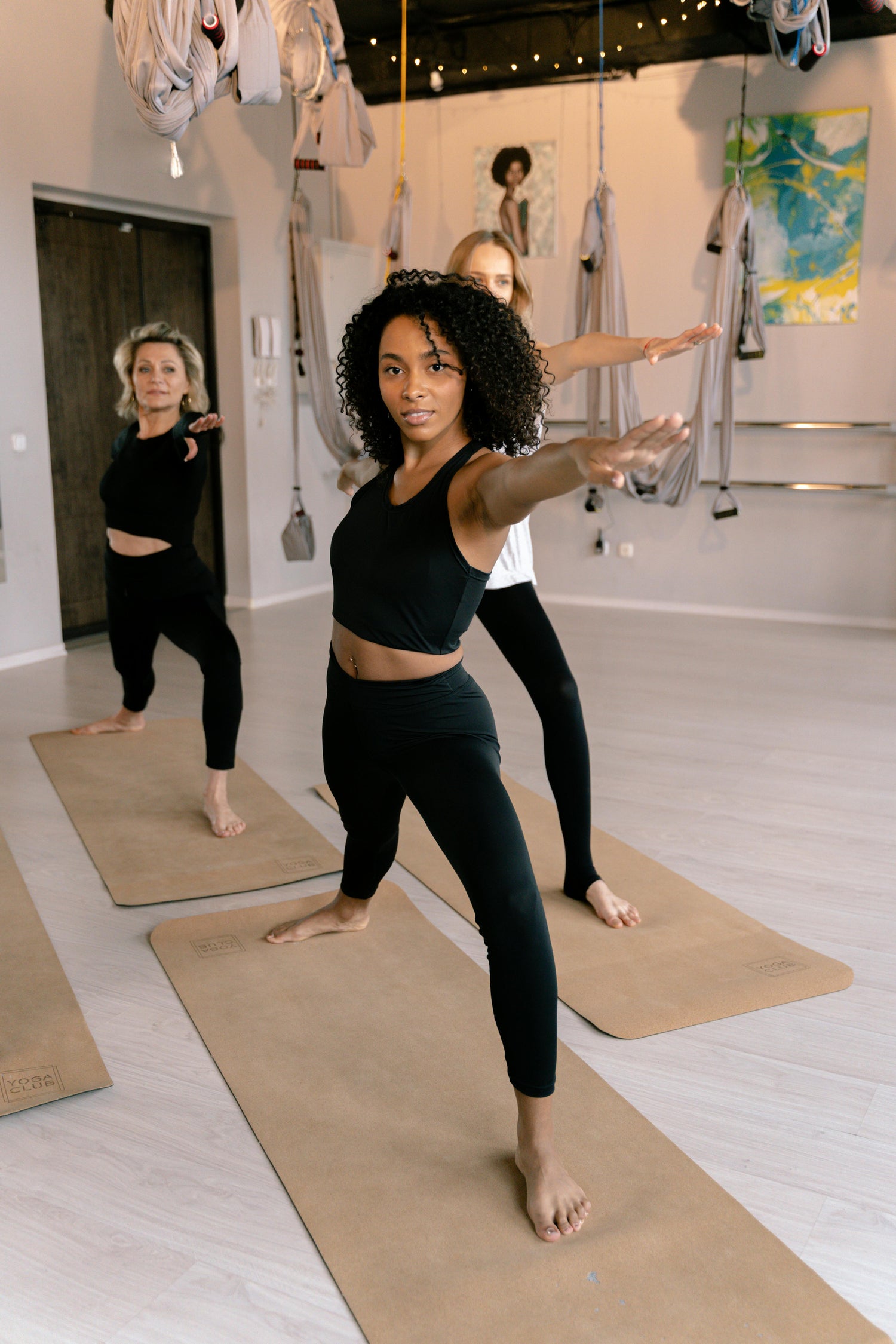
YOGA FOR BEGINNERS: A PRACTICE ACCESSIBLE TO ALL
Yoga is attracting more and more followers, but it can sometimes intimidate new practitioners. Between the diversity of styles, the Sanskrit vocabulary and the impressive postures, it's easy to feel overwhelmed. Yet yoga is above all an inclusive and progressive practice, designed to suit all bodies and all levels. Today, a wide range of resources enable beginners to learn at their own pace, without pressure or performance expectations.
Why is yoga attracting so many new practitioners?
The need to slow down, manage stress better and improve quality of life is driving many people to turn to yoga. Contrary to popular belief, yoga requires neither extreme flexibility nor special physical condition. Thanks to the many different postures, everyone can evolve according to their own personal path.
Hatha Yoga, with its longer-held postures and gentle transitions, is often recommended for beginners. Similarly, styles such as Yin Yoga or Restorative Yoga offer a gentle approach, ideal for getting to grips with the basics without rushing the body.
The benefits of a smooth start-up
Starting yoga at your own pace promotes harmonious, lasting progress. Rather than forcing postures, the key is to develop an inner ear, paying attention to sensations and breathing.
The main benefits for beginners:
Improved mobility and progressive muscle strengthening.
Reduce stress and better manage emotions with conscious breathing.
Developing concentration and mindfulness in everyday life.
Digital learning made easy
Today, beginners have access to a multitude of materials to familiarize themselves with yoga, wherever they may be.
Studios in France and Europe offer both face-to-face and online introductory courses, with programs adapted to the first few weeks of practice.
In the USA and Canada, platforms such as Yoga with Adriene offer free challenges to help you learn the basics the easy way.
In Asia, particularly in India and Thailand, introductory courses allow the curious to immerse themselves in the philosophy of yoga before embarking on a more committed practice.
Tips for getting started
Start with short sessions (10-15 minutes) to avoid discouragement.
Don't compare yourself to others: every body is unique, every progression is different.
Favour regularity: a few minutes each day is better than a long, irregular session.
With the right tools and a caring mindset, yoga becomes an everyday ally, accessible to all and transformative at any age.
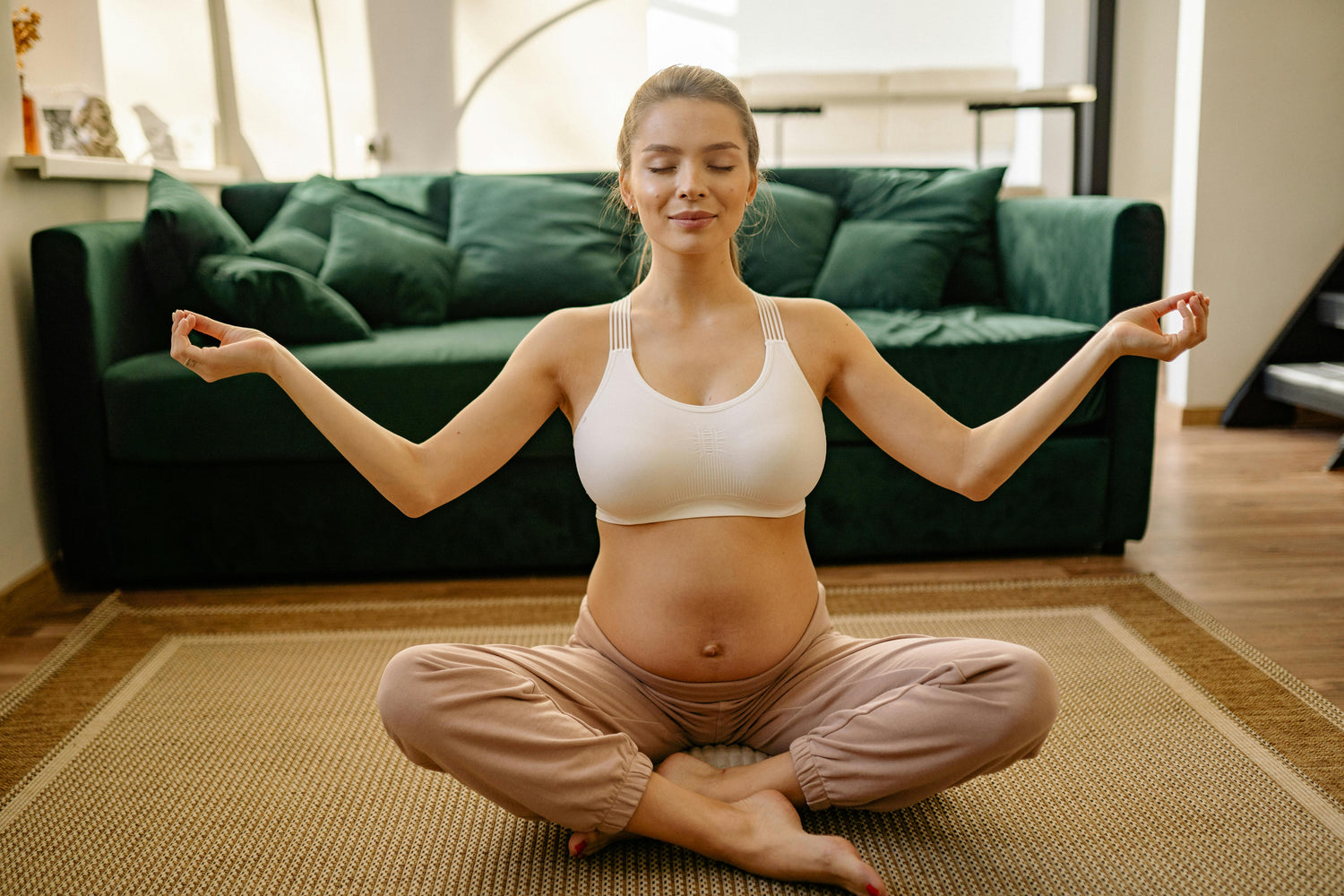
PRENATAL YOGA: A CARING WAY TO ACCOMPANY PREGNANCY
During pregnancy, the body undergoes many transformations, both physically and emotionally. Prenatal yoga helps you to cope with these changes by :
Relieving pain and tension: Postures such as the butterfly pose (Baddha Konasana) or the cat-cow pose (Marjaryasana-Bitilasana) promote pelvic suppleness and reduce lumbar tension.
Improving blood and lymph circulation: fluid movements and conscious breathing help limit leg swelling and prevent cramps.
Breath management for childbirth: Exercises like wave breathing or Ujjayi breathing help to better accompany contractions and calm the mind.
Promoting bonding with baby: The practice encourages relaxation and inner listening, offering a privileged moment to connect with your child.
Gentle, gradual support
Prenatal yoga is an evolving discipline that adapts to the different stages of pregnancy:
First trimester: Emphasis on breathing and relaxation to accompany hormonal upheavals.
Second trimester: Gentle, safe postures help strengthen the back and improve posture in the face of the growing weight of the belly.
Third trimester: The aim is to soften the pelvis, learn to manage fatigue and prepare mentally and physically for childbirth.
A booming worldwide practice
In many countries, prenatal yoga has become a must for pregnant women.
In the United States and Europe, many studios and maternity wards offer dedicated courses incorporating postures, breathing and guided meditation.
In India, the birthplace of yoga, the practice is often combined with Ayurvedic traditions to support pregnancy in a holistic way.
In Scandinavia, where perinatal care is highly developed, yoga is recognized as an essential tool for improving the well-being of expectant mothers.
Accessible to all, even beginners, prenatal yoga offers a genuine space of gentleness and harmony to welcome this transformation with confidence and serenity.

YOGA & MENTAL WELL-BEING: A PILLAR OF EMOTIONAL BALANCE
In a world where the hectic pace of life and the constant demands on our time put a strain on our psychological equilibrium, yoga is a valuable resource for cultivating mental well-being. More than just a physical activity, it offers powerful tools for calming the mind, reducing stress and building resilience in the face of everyday challenges.
A direct impact on the nervous system
Yoga has a profound effect on the parasympathetic nervous system, which promotes relaxation and regeneration. By stimulating this part of the nervous system, the practice helps reduce the production of cortisol, the stress hormone, and promotes a state of calm and mental clarity.
Certain techniques are particularly effective in combating anxiety and emotional disorders:
Pranayama (controlled breathing): Alternate breathing (Nadi Shodhana) rebalances the nervous system, while Ujjayi breathing creates a calming effect on the mind.
Restorative postures: asanas such as Balasana (child's posture) or Supta Baddha Konasana (lying bound angle posture) release physical and mental tensions.
Meditation and yoga nidra: These practices develop mindfulness and improve emotional management, reducing the impact of chronic stress.
A tool against anxiety and depression
Numerous studies have demonstrated the effectiveness of yoga in reducing symptoms of anxiety and depression. By encouraging concentration on the present moment, yoga helps to break negative thought cycles and cultivate a lasting state of well-being.
In the USA and Europe, therapeutic yoga programs are integrated into hospitals and mental health centers to support patients suffering from anxiety disorders.
In India, yoga has been used for centuries as a method of mental purification and refocusing, notably through Vipassana meditation.
In Japan, companies are including yoga and mindful breathing sessions in their workplace wellness policies to combat work-related stress.
A practice accessible to all
One of the great assets of yoga is its diversity, which allows each person to adopt an approach adapted to his or her needs:
Yin yoga for letting go and releasing deep-seated tensions.
Vinyasa Yoga to channel energy and balance emotions.
Hatha Yoga to reinforce mental and physical stability through longer-lasting postures.
Whatever form you choose, yoga acts as a veritable antidote to mental turbulence, offering everyone a space to recharge their batteries and reconnect with their inner selves.
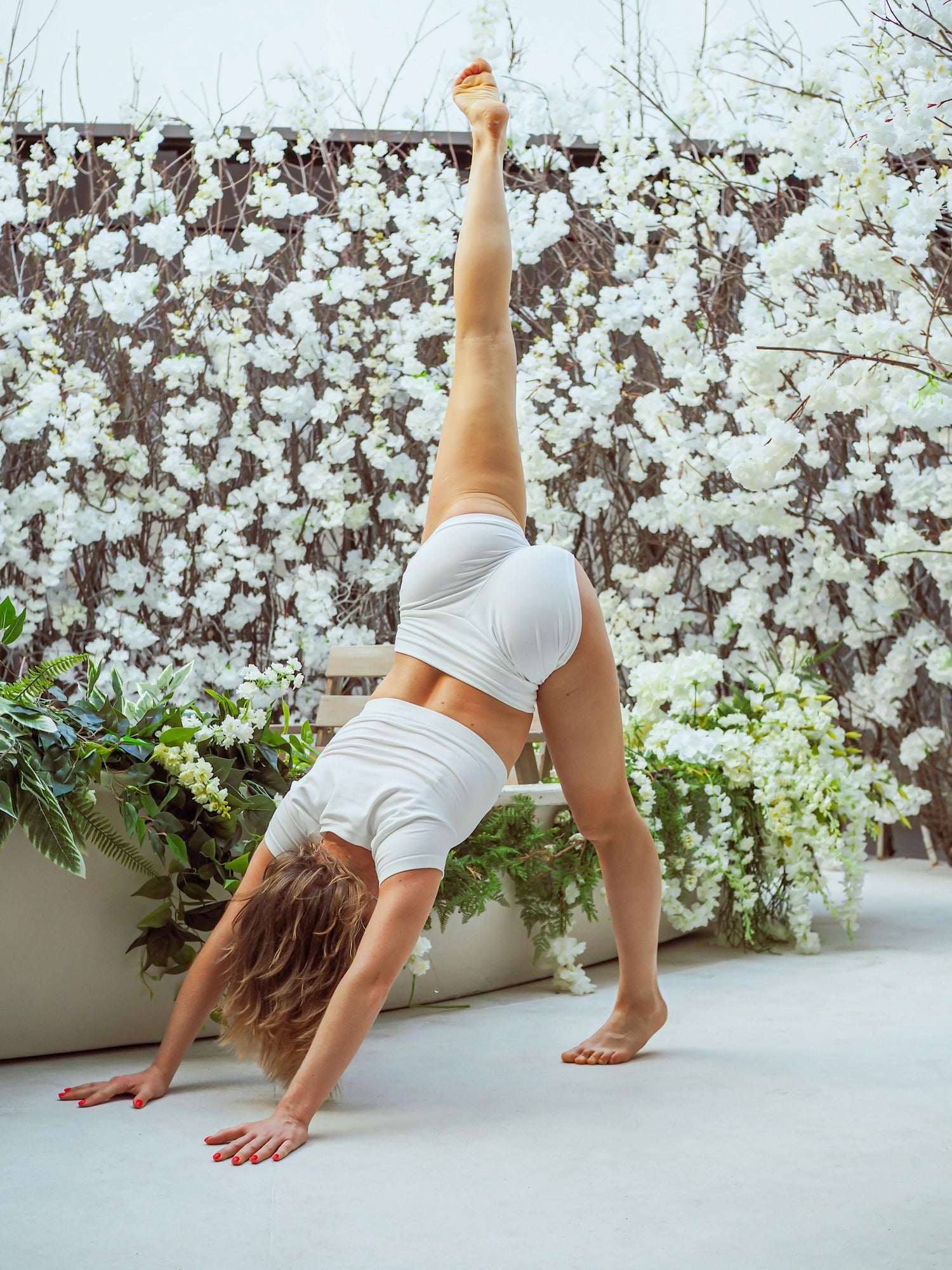
THE MOST POPULAR POSTURES AND THEIR BENEFITS
Certain yoga postures are particularly prized by practitioners for their profound effects on body and mind. They allow you to work on strength, flexibility, balance and relaxation, creating physical and mental harmony.
Postures to strengthen and tone
Yoga isn't just about flexibility; it also develops muscular strength and stability, essential for preventing pain and improving posture.
Virabhadrasana (Warrior I & II): Engages the legs, strengthens the arms and core while cultivating a sense of inner power.
Chaturanga Dandasana (Low plank): Muscles shoulders, arms and abdominal core, promoting physical stamina and body gain.
Utkatasana (Chair pose): Stimulates muscular endurance in the legs and back while developing concentration.
Postures to relax and release tension
A flexible, mobile body is less prone to injury and joint discomfort.
Uttanasana (Standing forward bend): Stretches the posterior muscles of the body, improves blood circulation and calms the mind.
Bhujangasana (Cobra): Opens the chest, strengthens the spine and stimulates heart energy.
Eka Pada Rajakapotasana (King Pigeon): Releases deep tension in the pelvis and promotes emotional release.
Balancing postures to stabilize body and mind
Balance is an essential key to well-being, improving both posture and concentration.
Vrksasana (Tree): Anchors the practitioner in the present moment and improves body stability.
Garudasana (Eagle): Strengthens joints while promoting coordination and concentration.
Natarajasana (Dancer): Combines suppleness and strength in fluid, harmonious movement.
Restorative postures for deep relaxation
Certain postures soothe the nervous system and allow you to enter a state of intense relaxation.
Balasana (Child's pose): Relieves back tension and invites you to return to yourself.
Supta Baddha Konasana (Elongated Bound Angle): Opens the hips and heart, encouraging deep, soothing breathing.
Savasana (Corpse pose): The ultimate integration of the practice, it offers complete regeneration of body and mind.
Thanks to these asanas, the practice of yoga becomes a powerful tool for balancing strength and flexibility, concentration and letting go, contributing to overall, lasting well-being.
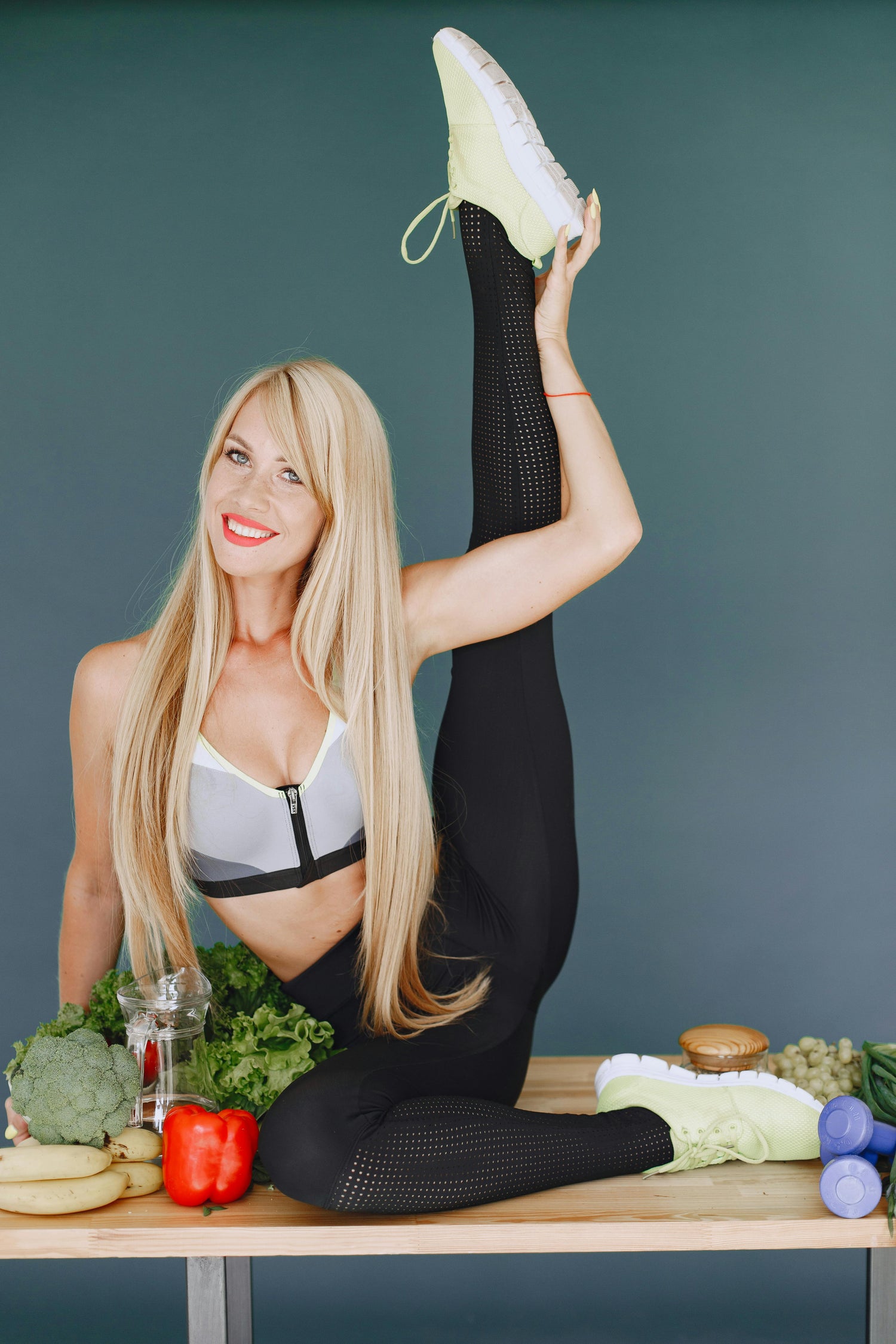
MINDFUL EATING: ANOTHER ESSENTIAL PILLAR OF YOGA
Food plays a central role in yogic philosophy, influencing vital energy (prana), mental clarity and physical well-being. In the yoga tradition, food is seen not only as fuel for the body, but also as an element influencing inner balance and state of mind.
Ayurveda and the Three Types of Food
Yoga is based on the principles ofAyurveda, traditional Indian medicine, which classifies foods into three categories:
Sattviques(purity and balance): Fruits, fresh vegetables, whole grains, nuts and seeds promote a clear mind, harmonious digestion and stable energy.
Rajasic(stimulation and agitation): Coffee, strong spices, fried and sweet foods increase energy but can also cause mental and physical instability.
Tamasics(heaviness and lethargy): Ultra-processed foods, alcohol, red meat and industrial dishes diminish vitality and can generate fatigue and mental fog.
Yoga and Mindful Eating
Mindful eating is the practice of eating mindfully, paying attention to sensations, flavors and the body's needs.
Take time to chew slowly to aid digestion.
Avoid distractions during meals (telephone, television) to better listen to your satiety signals.
Choose natural, fresh foods to nourish the body with essential nutrients.
The Benefits of a Diet Aligned with Yoga
A diet adapted to the practice of yoga allows :
Supporting vitality: A diet rich in essential nutrients promotes energy and stamina.
Strengthen emotional balance: Certain foods, such as legumes and antioxidant-rich fruits, have a positive influence on mood and reduce stress.
Optimize digestion: a diet based on light, easily digestible foods reduces inflammation and promotes harmonious transit.
Adopting a Yogic Approach to Everyday Eating
Integrating the principles of yogic nutrition can be done gradually, through small adjustments:
Replace heavy meals with colorful, natural dishes.
Practice gentle fasting or periods of light digestion (lighter lunches) to revitalize the body.
Combine food with practices such as pranayama and meditation to better feel the effects of food on body and mind.
Conscious eating, far from being a constraint, becomes a joyful and intuitive practice, in tune with nature and the body's needs. By combining balanced nutrition and yoga, it becomes possible to cultivate stable energy, a calmed mind and deep well-being.
Thank you TINA for this post
From home yoga to the most sought-after postures, from mindful eating to mental well-being, these are the trends that are shaping yoga practice around the world today. A reflection of what yogis are looking for: balance, energy and a deep connection with oneself.
TINA's bio
-

TINA
1994, Reunion Island & Mauritius, a Life inspired by the Indian Ocean and Yoga
Since childhood, this intrepid traveler has criss-crossed the globe, leaving her footprints on beaches the world over.Passionate about surfing, scuba diving and sailing, she has made the ocean her playground and source of inspiration.
The freedom of the waves, the serenity of the ocean depths and the wind in his sails have punctuated his journey, always guided by a quest for connection with nature.
Through her explorations, yoga has become more than a practice for her - it's a way of life.
Between morning surf sessions and meditative sunsets, she has found in yoga a perfect balance of strength, fluidity and self-awareness.
Today, she combines her passion for water sports with teaching yoga and is part of the Yogaterrae team, here in France, in the South-West and often remotely :)
This adventuress is a true source of inspiration for anyone who aspires to live in harmony with their body and nature.
Through her stories of incredible experiences, she invites everyone to open up to a world where every wave, every breath and every posture is a celebration of life.
